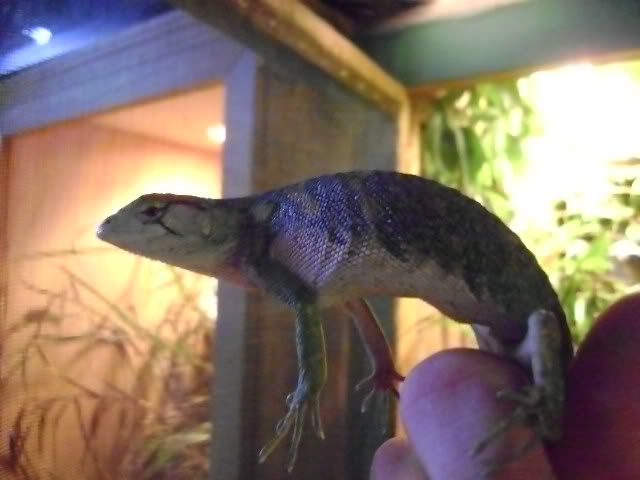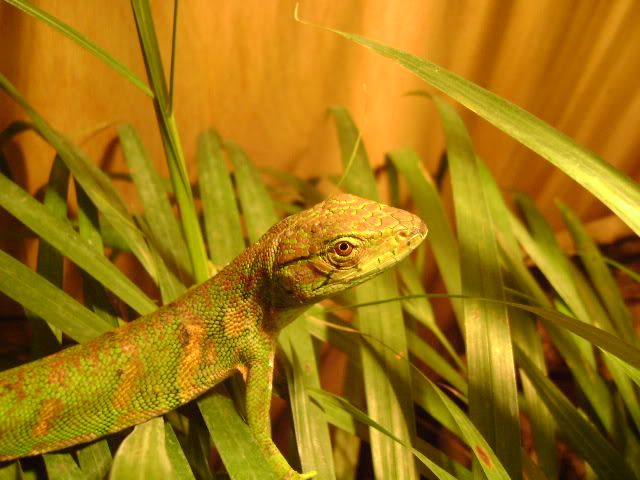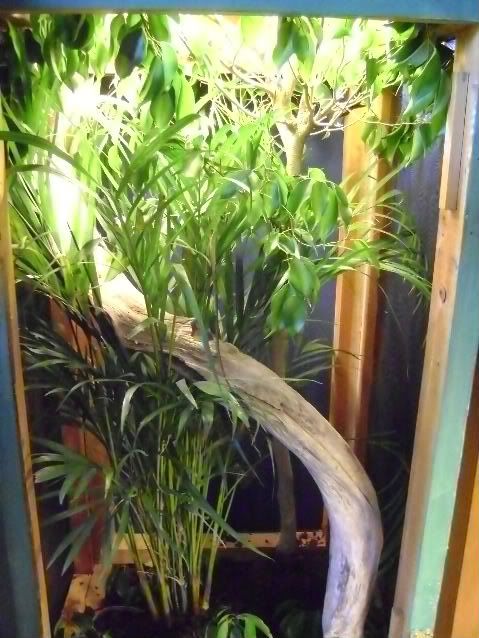Geckos and Goannas
New member
I just wanted to share some pics of my two pairs of Polychrus marmoratus I think their common name is monkey anoles; although they are not anoles but are closely related as both are in the subfamily Polychrotidae. I was also wondering if anyone else is working with this species or some others in the genus and would like to share info. enjoy!
Plenty of personality!





Plenty of personality!





Last edited:

